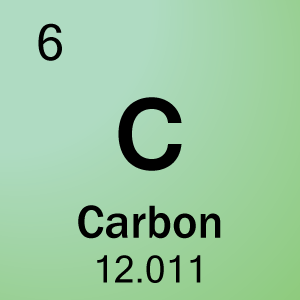Carbon is an element which is very essential for life on our planet. Almost all of the molecules which make up plants and animals have Carbon, although only 0.09 percent of the Earth’s crust is Carbon by mass (Stwertka, 34). The branch of chemistry which is mainly concerned with Carbon is called Organic Chemistry. Carbon is very vital to the organic world due to it’s ability to link together and form long chains which are either branched or straight. The chains are basically a backbone, to which other elements can attach to, making for endless possible carbon-containing molecules. An example of a carbon chain would be DNA (deoxyribonucleic acid), found in the genetic material of all living things. DNA is responsible for the productions of many proteins and can replicate itself, making it essential to the reproduction of living molecules. Carbon’s necessity shows, as it has been known of since ancient times, and was recognized in the second half of the 18th century.

Carbon Diamonds
Think about this: graphite, used in pencils, is made of the same material that diamonds are made of, and also contains Carbon. Synthetic diamonds can be made by applying very high pressures and temperatures to graphite. Natural diamonds are famed for their beauty, but the synthetic diamonds also have uses. Diamonds are very hard and can be used for their abrasive properties. There are sawblades that are made from diamonds, and these blades can be used from cutting cement to cutting glass. Coal, which is a very useful, and used, substance has carbon in a noncrystalline form. It is a major source of energy for both domestic and industrial use. Like oil and natural gas, coal is what’s considered a fossil fuel. A fossil fuel is the result of the decay of plants and animals over millions of years.

Carbon’s Periodic Square
Carbon is located on the periodic table at group 14, period 2, block P. The atomic number pertaining to Carbon is 6, and the electron configuration for Carbon is 1s2,2s2,2p2, or the abbreviated configuration is [He]2s2,2p2. Carbon is in a solid state at room temperature. Carbon has extremely high melting and boiling points as it is subject to extreme heat and pressure in nature. The non-bonded atomic radius of Carbon is 1.70, and the covalent radius is 0.75.

